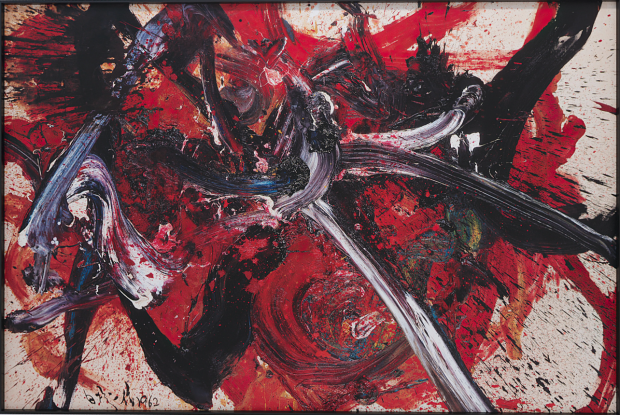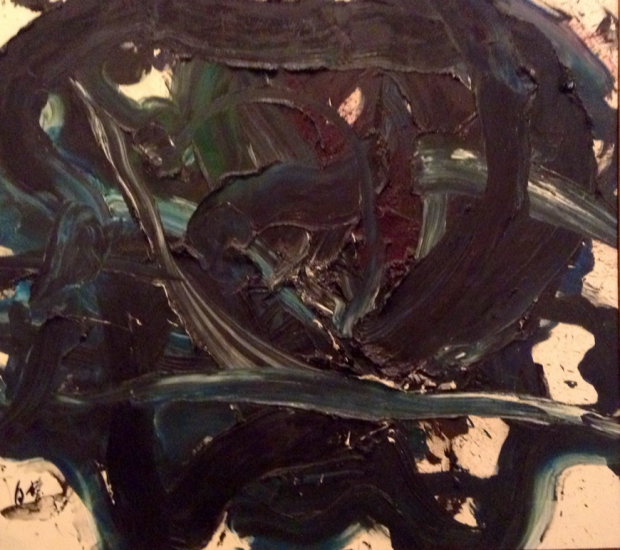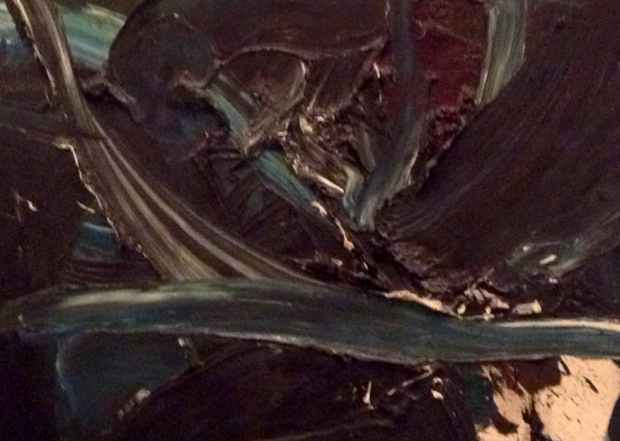白髪一雄<水滸伝シリーズ>Shiraga kazuo 天間星入雲龍 Temmasei Nyuunyu

天間星入雲龍 Temmasei Nyuunyu 1962
兵庫県立美術館蔵(山村コレクション Hyogo Prefectural Museum of Art(Yamamura Collection)
序列4 Order 4 公孫勝 Gongsun Sheng
威風堂々とした道士であり呉用と軍師の役割を担う。清濁合わせてた度量の持ち主、度々梁山泊の危機を救い活躍した。
この作品は水滸伝シリーズの代表作の一点,千年前の中国大陸の人間の存在が生々しく蘇ってくる。
He has a good physique, is a Taoist and military teacher, and has often saved the crisis of Ryouzanpaku.
This is one of the representative works of the Water Margin Hero series.
The existence of human beings in the Chinese mainland 1000 years ago is revived vividly



